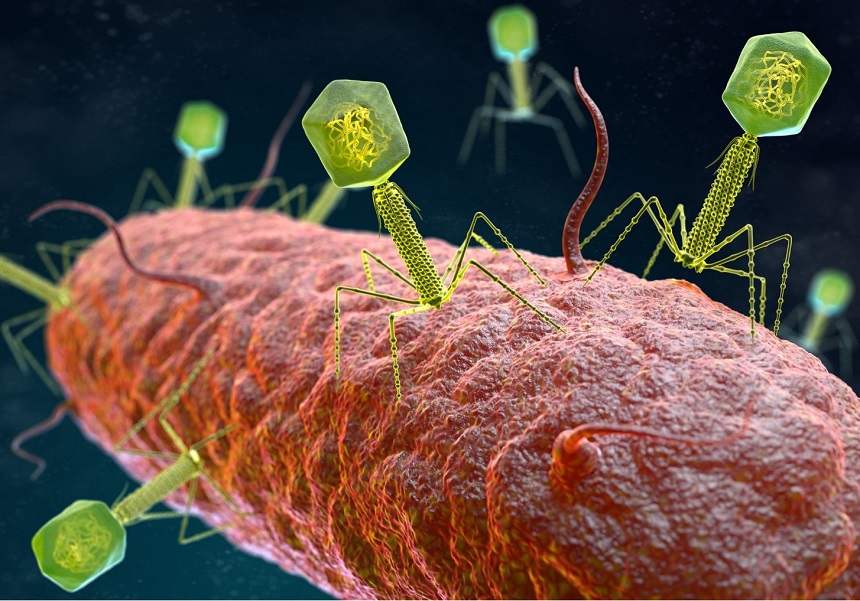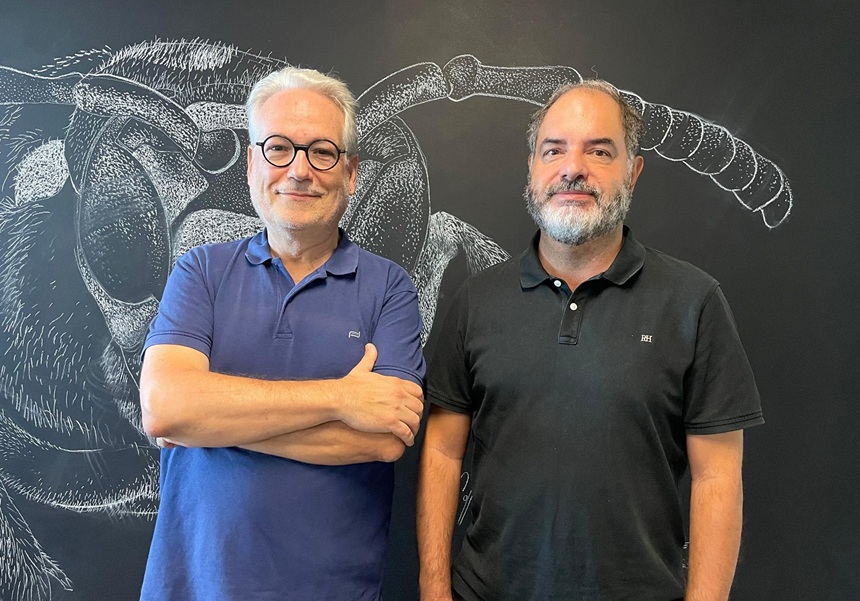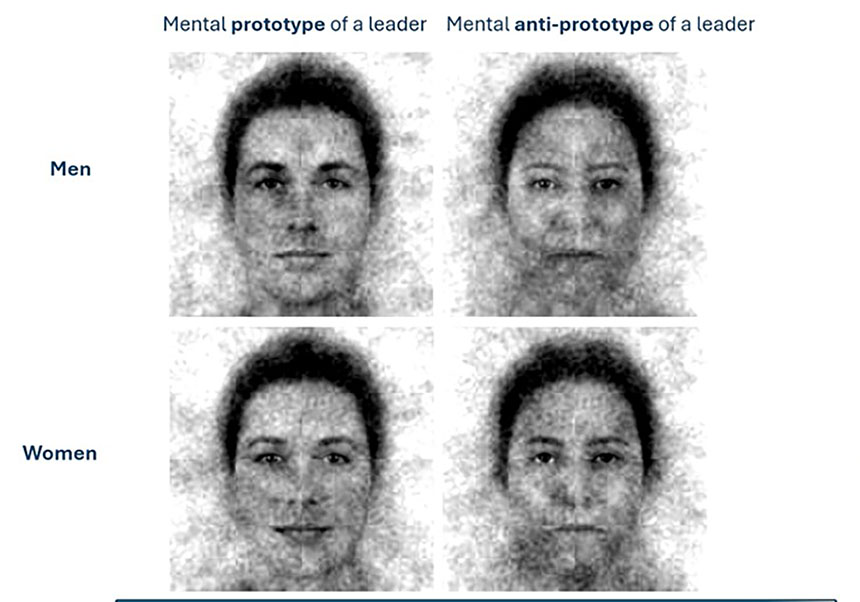Researchers of the Universitat create a tool for analysing reproductive status of the wolf packs
- June 7th, 2016
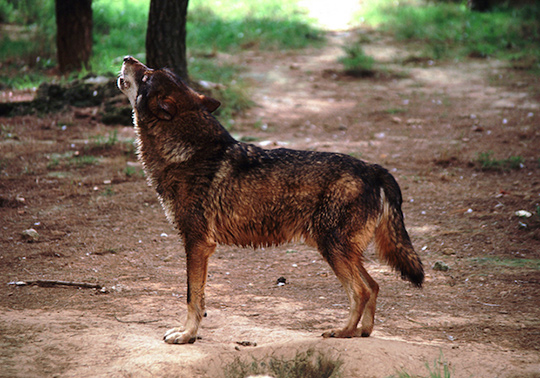
A research carried out by researchers of Cavanilles Institute of Biodiversity and Evolutionary Biology of the Universitat de València, Research Unit of Biodiversity and Department of Mathematics, both of the Universidad de Oviedo, and the company ARENA S.L. has evaluated the utility of the analysis of chorus howls recordings to identify the presence of wolf cubs in the wolf packs. The study has been published in PLOS ONE journal.
Wolf packs emit group vocalizations known as chorus howls. Their sounds can reveal the presence of wolf litters during the breeding period and are therefore often used to determine the reproductive status of wolf populations. However, the acoustic structure of chorus howls is complex and discriminating the presence of pups in a chorus through howling is sometimes difficult, even for experienced observers.
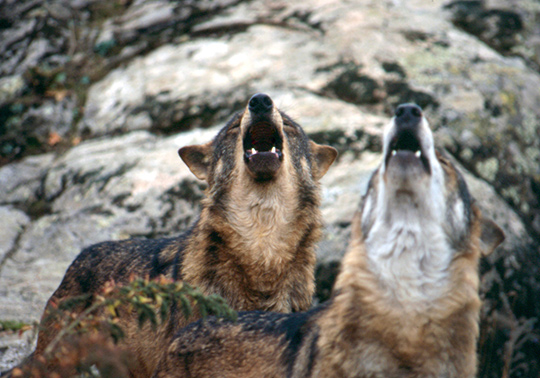
Vicente Palacios, of Cavanilles Institute of Biodiversity and Evolutionary Biology of the Universitat de València, explains that in order to come to this conclusion, they analysed 110 Iberian wolf chorus howls with known pack composition including the presence or absence of pups. The study revealed that the choruses’ acoustic energy distribution is concentrated at higher frequencies when there are pups vocalizing. Thus, by means of building mathematical models, it has been succesfully accomplished to predict the presence of pups in a chorus in a total of 94% of cases analysed.
Researcher José V. López-Bao, of Research Unit of Biodiversity of the Universidad de Oviedo, stated that the quantitative analysis of chorus howls is an objective method, as well as accurate, easily implemented and independent of the observer’s experience. “These advantages are specially relevant in the case of broad scale wolf packs monitoring or when many observers are involved”, adds. In fact, this methodology has already been introduced in recent wolf populations monitoring carried out in Picos de Europa National Park, in the autonomous community of Galicia and in the wolf packs national estimate carried out between 2012-2014, promoted and coordinated by Ministry of Agriculture, Food and Environment of Spain.
References:
Decoding Group Vocalizations: The Acoustic Energy Distribution of Chorus Howls Is Useful to Determine Wolf Reproduction. PLOS ONE. 4 May 2016.
Vicente Palacios, José Vicente López-Bao, Luis Senzillesa, Carlos Fernández, Enrique Font.
Categories: Institut Cavanilles de Biodiversitat i Biologia Evolutiva , Difusió i comunicació científica


